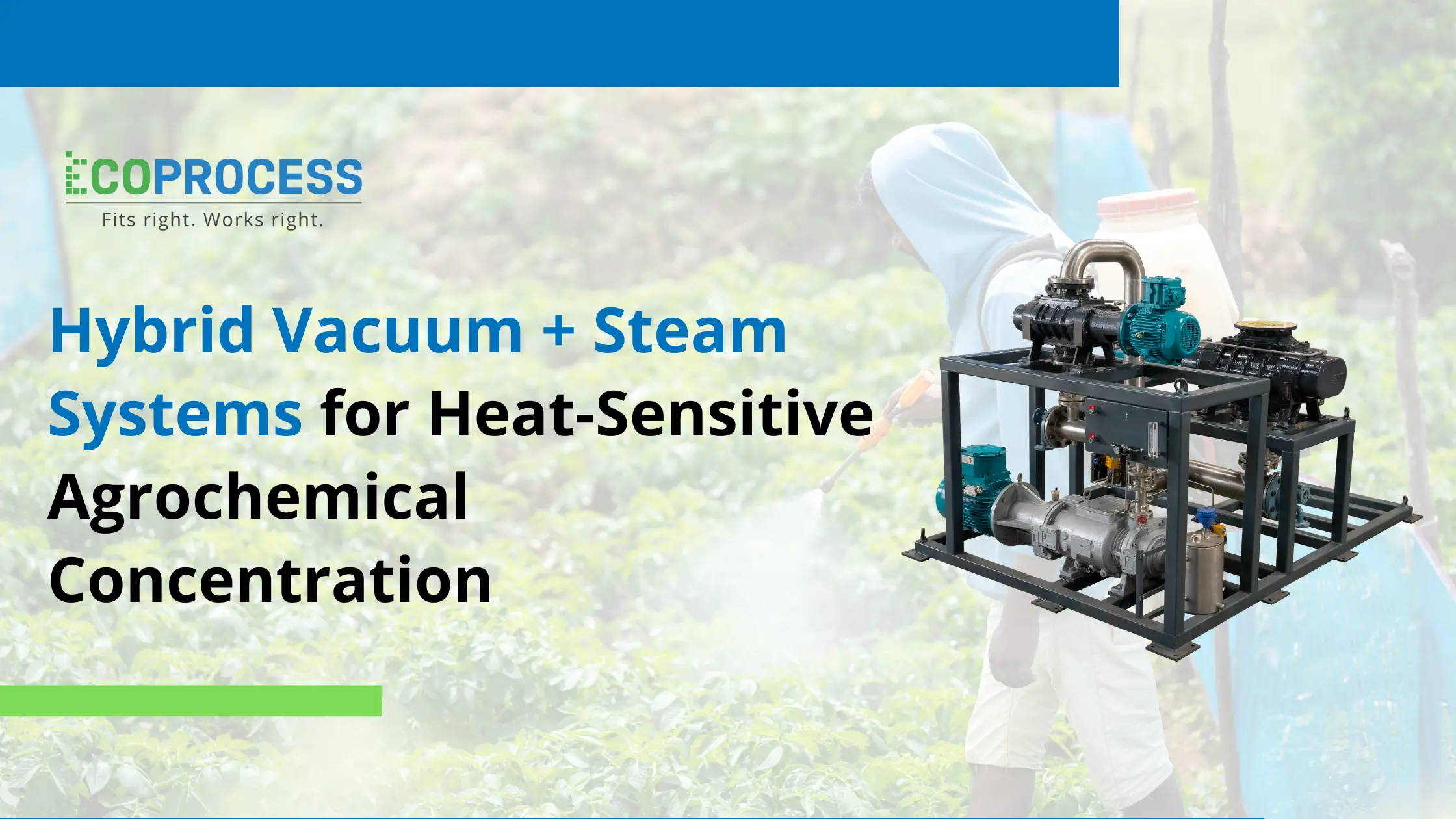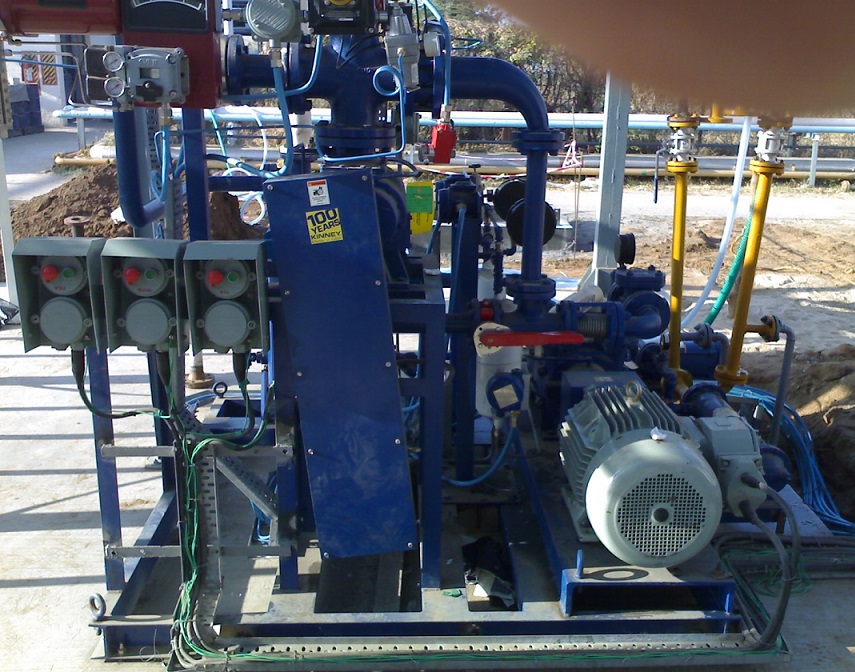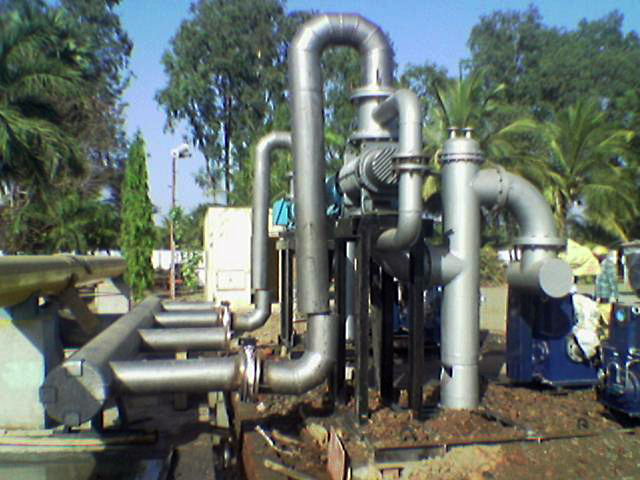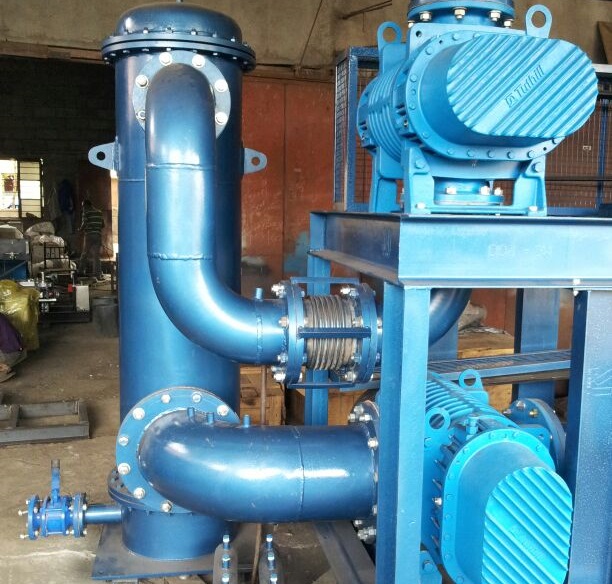
Case Study: Reducing Effluent Treatment Costs with ATFD Systems
In today’s industrial landscape, efficient wastewater management is no longer just a compliance requirement, it's a strategic lever for cost reduction and sustainability. Across sectors such as pharmaceuticals, textiles, and chemicals, effluent treatment ranks among the most resource-intensive and operationally challenging processes.
Agitated Thin Film Dryer (ATFD) systems are redefining how industries manage wastewater by offering a highly efficient, zero-liquid-discharge (ZLD)-friendly drying solution. By concentrating and recovering valuable materials from effluents, ATFDs help reduce operating expenses, minimize waste volume, and support environmental goals.
This article explores how ATFD technology enhances effluent treatment efficiency, shares an industry case study, and outlines practical ways to cut costs while meeting tightening environmental regulations.
Challenges in Effluent Treatment
Industrial effluents often contain dissolved solids, organic compounds, and chemical residues that must be separated before discharge or reuse. Conventional treatment systems such as multi-effect evaporators (MEE), crystallizers, and biological treatment units are widely used but come with notable limitations:
-
High Operating Costs
Evaporation and drying stages are among the most energy-intensive processes in wastewater management, accounting for up to 60% of total treatment costs. Conventional dryers demand large amounts of steam and power, leading to high operating expenses and a significant carbon footprint. -
Sludge Management Issues
Traditional systems produce substantial volumes of sludge or semi-solid waste. Handling and disposal often require additional drying, transportation, or landfill treatment adding complexity and cost. -
Scaling and Maintenance
Equipment such as falling-film evaporators are prone to scaling and fouling when treating effluents rich in salts or organics. This reduces heat-transfer efficiency and results in frequent cleaning and maintenance downtime. -
Regulatory Compliance Pressure
With increasingly stringent zero-liquid-discharge (ZLD) and environmental regulations, industries must recover maximum water while minimizing solid waste. Achieving these goals with legacy systems often involves high capital investment and operational challenges.
To overcome these constraints, industries are adopting Agitated Thin Film Dryer (ATFD) systems that are compact, energy-efficient, and engineered for reliable performance in demanding effluent treatment environments.
How ATFD Cuts Costs
The Agitated Thin Film Dryer (ATFD) is engineered to efficiently handle concentrated slurries and convert them into dry solids. It operates by spreading the feed material as a thin film over a heated surface, where moisture rapidly evaporates under vacuum or atmospheric conditions. This design ensures high heat-transfer efficiency and consistent drying performance across a range of effluent types.
-
Energy Efficiency through Thin-Film Drying
The thin-film layer enables uniform heat transfer and rapid evaporation, significantly shortening drying cycles. This efficient heat utilization can reduce overall energy consumption by up to 30% compared to conventional drying systems. -
Minimal Downtime and Maintenance
A rotating agitator continuously scrapes the heated surface, preventing scale formation and fouling. This allows for continuous operation with minimal cleaning interruptions, extending equipment life and lowering maintenance costs. -
Higher Solids Recovery and Reuse
ATFD systems convert liquid or semi-solid effluents into dry, powder-like solids, minimizing waste volume. In many cases, these recovered solids can be repurposed or safely disposed of, reducing overall handling and disposal expenses. -
Compact Design and Low Footprint
Unlike multi-stage evaporators, ATFD units require less floor space and can be easily integrated into existing effluent treatment plants. Their modular design makes them ideal for retrofit projects or space-constrained facilities. -
Compliance and Sustainability
By achieving near-zero liquid discharge (ZLD), ATFD systems help industries meet stringent environmental norms while reducing both water consumption and carbon footprint. The result is a measurable improvement in sustainability performance and a reduction in regulatory risk.
Case Study: Industrial Application
Background
A leading pharmaceutical manufacturer in India was facing escalating operational costs due to inefficiencies in its multi-effect evaporator (MEE) system. While the MEE achieved high water recovery, it generated concentrated brine waste that required additional drying and disposal, creating a major cost and compliance bottleneck.
Challenge
The plant’s effluent treatment process incurred high energy consumption and struggled to maintain zero-liquid discharge (ZLD) compliance due to sludge management issues. Manual handling of semi-solid waste also increased safety risks and downtime.
Solution—ATFD Integration
To overcome these challenges, the company installed an Agitated Thin Film Dryer (ATFD) downstream of the existing MEE. Operating under controlled vacuum conditions, the ATFD processed concentrated slurry into a dry, powder-like solid with more than 95% solids recovery, enabling easy disposal and reuse options.
Results
-
Energy Savings: Total steam consumption was reduced by 25–30%, improving overall thermal efficiency.
-
Cost Reduction: The plant realized annual savings exceeding ₹30 lakhs (USD 36,000) through lower energy and waste-handling costs.
-
Regulatory Compliance: Full ZLD compliance was achieved, eliminating the need for external waste disposal.
-
Operational Efficiency: Downtime decreased by 40%, and maintenance frequency dropped significantly due to minimized scaling and fouling.
Conclusion
Agitated Thin Film Dryer (ATFD) systems represent a smart, future-ready investment for industries seeking to reduce effluent treatment costs while advancing sustainability goals. By enhancing thermal efficiency, minimizing maintenance requirements, and ensuring high solids recovery, ATFD technology transforms wastewater management from a compliance burden into a source of operational advantage.
Whether integrated as a retrofit to existing MEE systems or deployed as a standalone drying solution, ATFDs are redefining efficiency and reliability in industrial wastewater treatment. For companies pursuing zero-liquid discharge (ZLD) and resource optimization, ATFD is more than just an equipment choice; it’s a strategic pathway toward sustainable growth and long-term cost efficiency.
Frequently Asked Questions (FAQs)
1. How does an ATFD reduce effluent treatment costs?
Agitated Thin Film Dryer (ATFD) systems use thin-film evaporation to dry high-viscosity effluents efficiently. This design minimizes energy consumption, reduces sludge-handling requirements, and lowers maintenance frequency resulting in significantly reduced operating expenses.
2. Which industries benefit most from ATFD technology?
ATFDs are widely used in pharmaceutical, chemical, textile, and food processing industries — particularly where zero-liquid discharge (ZLD) or treatment of viscous, high-solids effluents is required.
3. How efficient are ATFD systems compared to traditional dryers?
Modern ATFDs deliver up to 30% higher thermal efficiency than conventional systems. Their self-cleaning rotor design prevents fouling and scaling, ensuring consistent performance and less downtime.
4. What is the typical ROI for ATFD installations?
Most plants recover their investment within 12 to 18 months, primarily through savings in steam usage, reduced waste-handling costs, and improved environmental compliance.
5. Are there real-world success stories?
Yes. Numerous pharmaceutical and specialty chemical plants across Asia and Europe have adopted ATFD technology, achieving measurable energy savings, lower disposal costs, and full ZLD compliance while advancing their sustainability goals.
























